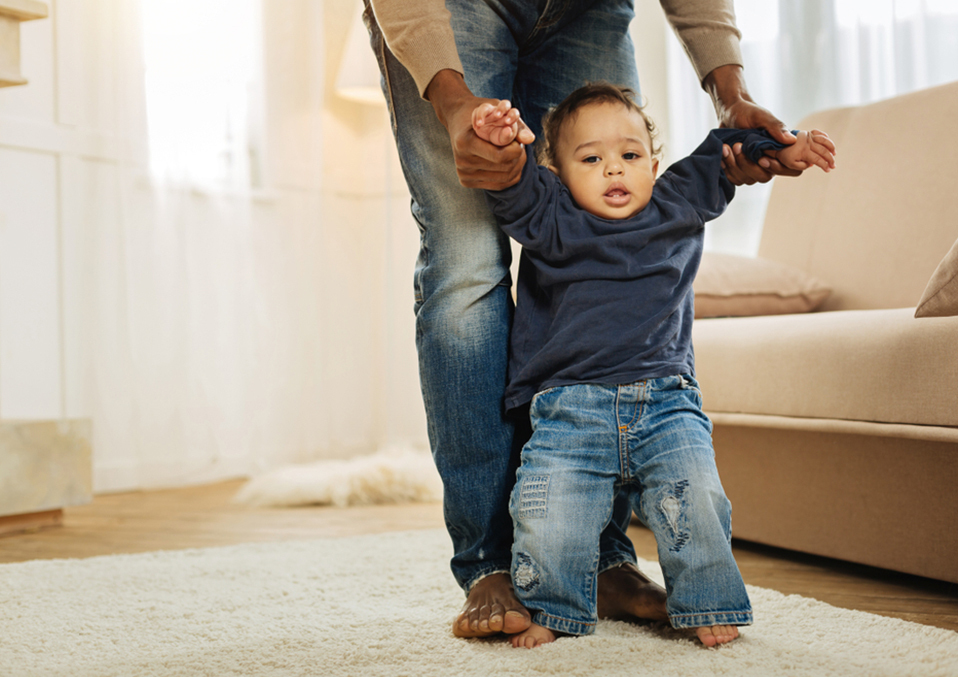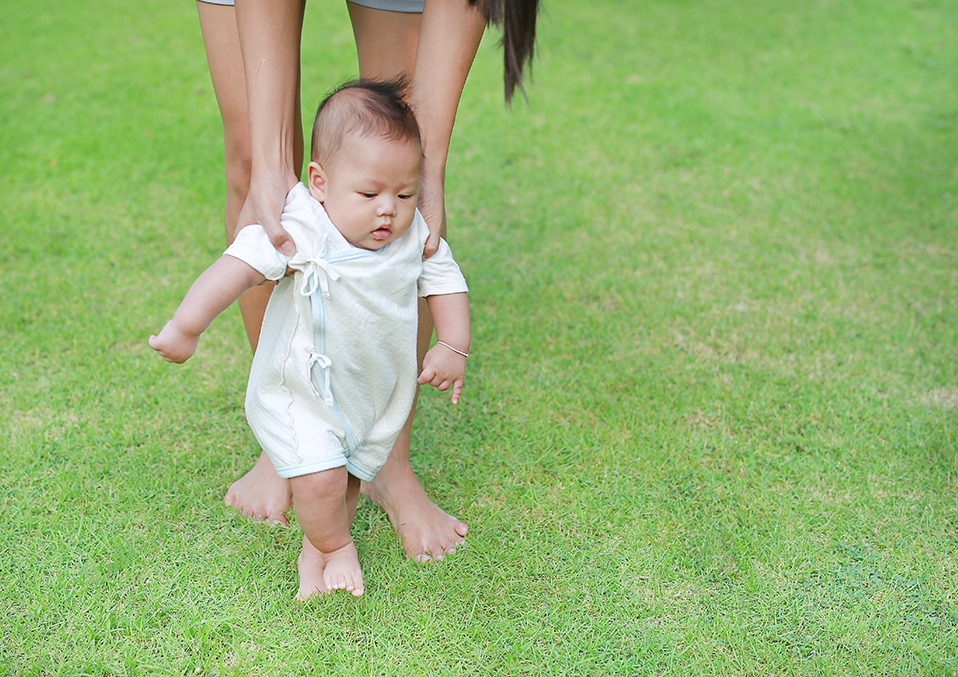Babies sit up on their own, the baby gives the world a new perspective. The muscles in his back and neck are sufficiently able to keep him upstanding, and once he has made sense of where to put his feet so he doesn’t fall, it’s a great opportunity to rest.
Signs Your Baby May Be Ready To Sit:
Good head control once the baby is ready. The movements of other bodies are also more controlled and determined.
Children who are willing to sit can also stand when they lie face to face and can learn to turn.
The child will sit for a short period of time, placing it vertically. At this initial stage, it is important to support the baby so that he did not fall.
The baby will be a self-paced milestone session closer to 7-9 months to the roll. Some may even come and go and prepare to crawl. Some other tripods can push themselves into position. In this position, the child sits on the floor with one or two hands.
Your child may be able to sit in a sitting position before being able to push themselves into a position. With enough practice, you will gain strength and confidence and immediately feel like a professional.
At What Age Do Babies Sit Up?

Your tyke will presumably figure out how to sit alone between the ages of 4 and 7 months. Your child learns to turn and raise his head. Most children can sit well for a few minutes when they are 8 months without support. (Children who dominate the session end up collapsing because they lose interest in standing).
What Is The Relation Between Tummy Time And Sitting?
Tummy time is an important factor to sit down. If your child doesn’t like doing upside down for an extended period of time, start with a few minutes a couple of days. The baby is resting, clean diaper. You can turn upside down, also combined o-Chan. Observation of your face will lengthen the position of your child’s motivation. You can also put a soft mirror on the floor so your child can see his face. If you have a belly mirror online, there are many baby care stores available.
Accustomed to this position, you can slowly increase the time.
How Babies Learn To Sit Up.

You can barely keep your baby in a sitting position from day one until you get head control, but after an actual stun of 4 months, your baby’s neck and head muscles will quickly strengthen and you’ll learn how to turn your head up as you lie and face down.
Then you’ll learn how to tilt your arms and hold your chest high, like a mini flex. For 5 months you will be able to sit for a moment without help, although you will have to stay close to surround you with pillows to provide support and soften possible falls.
Read Also:
Baby On The Move: Sitting.
Your baby will quickly learn to keep his balance, sitting forward, leaning on one hand or both hands in the tripod position. After 7 months, you will probably be able to sit without support (freeing your hand to study) and, while sitting, turn around to reach the desired object.
At this point, You may even be able to get out of your stomach when you sit down to press your hands. By the time you’re 8 months old, you’ll probably feel better without support.
Sitting Safety.
Children may need help learning to sit and can only support their legs. You can also use the pillow as an accessory, but do not leave the baby unattended when you hold it.
While it is possible that your child is not yet lying down, sitting can be a great way to make sure you want to protect childproof in your home in preparation for greater mobility.
- Using tapas in every room, children’s regulars.
- Protect other objects or areas. You can find things like Cabinet locks, toilet locks, furniture anchors, baby gates and other baby safety accessories in most big boxes and hardware stores.
- Keep the child out of the reach of the child, where he can suffocate, poison himself with toxic substances and other dangerous objects. It can even help get to the floor at your child’s level to look for potential hazards.
- Once the child is seated, adjust the crib mattress to a lower position. Getting it isn’t far from that milestone, and even when you have to sleep, kids practice their motor skills all day long.
- Fasten your seat belts on high chairs and other seating areas. It takes a lot of effort to sit on your own. Your child may need additional support from the belt, especially when sitting for a long time. And do not install the seat on a high surface or near water.
How To Help Your Baby Sit Up:
Connecting the head or chest is necessary for the development of the child to strengthen the muscles of the neck and control over the head. Will it be an encouragement to be able to? Encourage the surface like a floor.
Making commotion and mirrors with gleaming toys is a decent method to ensure your hearing and vision are progressing nicely. If your child is a fairly safe babysitter, set out from your assortment of toys and other intriguing objects: balanced by your hands, you will be able to have a good time.
As always, especially when you learn to sit, if it fell out, or if you want to show your new abilities, try to be near the child.
When Is Baby Ready For a Baby Seat?
Baby seats such as Bumbo and babysitters are not an important piece of equipment. That’s why it’s so important for us to be able to do it. One of the biggest problems with the development of child seats is that children are too young and not ready for vertical support with anything but the hands or body of the caregiver.
Here’s how to know that your child is ready to sit and that you should not consider the time spent in the child’s chair as a sedentary practice.
What To Do If Your Baby Doesn’t Sit Up.
If your child can’t keep his or her head straight by the time he or she is about 4 months old, he or she will have to take his or her hand soon after.
Kids create abilities in various ways, some sooner than others, yet head control is fundamental for sitting alone while figuring out how to slither, stand and walk
Untimely children can arrive at this other achievement later than their friends.
After Your Baby Sits Up – What’s Next?
Your child understands that he or she can jump forward from a sitting position and keep balance on his or her hands and knees, and you can move forward (or go back) to a quadrupedal at 6 or 7 months, and hunt down a master at 10 months. Child protection is very important because your child is now very mobile and very curious. Incidentally, most pediatricians prescribe trusting that your kid will plunk down with insignificant help before beginning with strong nourishment.
Read Also:
- How To Calm Babies Cry In Their Sleep.
- Cartoons For Babies: Should Babies and Toddlers Watch Cartoons?
- Why Working Moms Kids Grow Up To Be Happier Adults.


